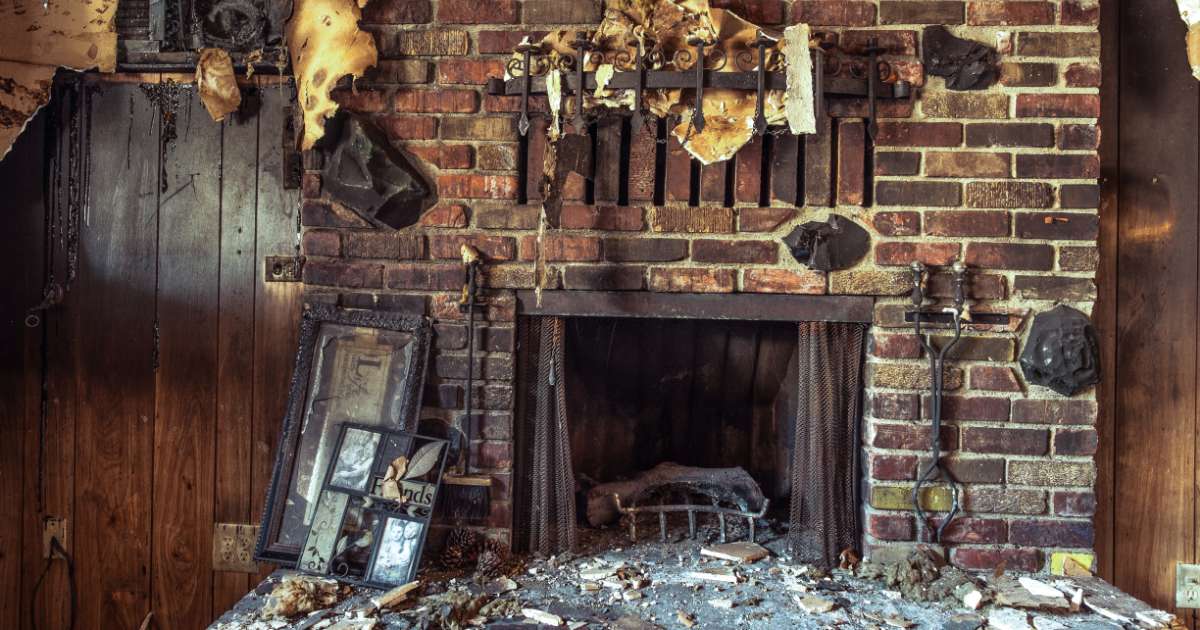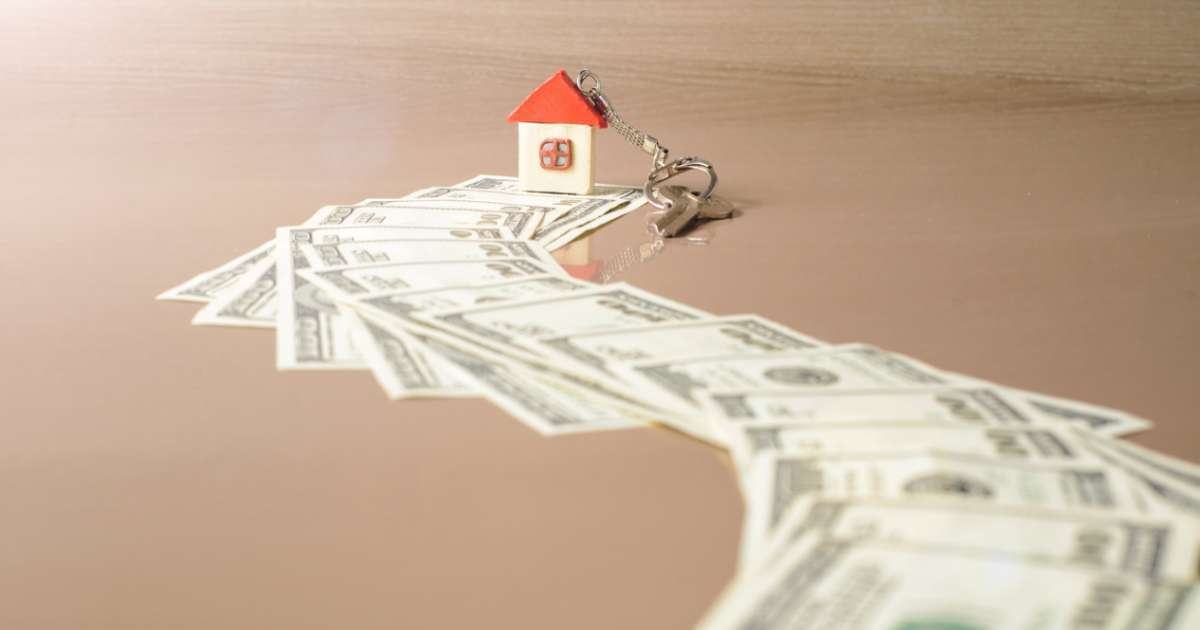
What are galvanized pipes?
Back in the day, homes were built using lead pipes. Once the risks of using lead pipes became apparent, people began to build homes with pipes that were galvanized, which is the process of coating steel pipes with zinc. This was a popular plumbing choice for houses built during or before the 1960s and early 1970s, but may also be found in homes built as late as 1990.
Nowadays, galvanized plumbing is no longer considered as safe as it used to be. If you’re trying to sell an older house, you should know how to determine whether your house has galvanized pipes and what your options are if you have them.
How do you find out if your home has galvanized pipes?
Galvanized plumbing can last 40–50 years, on average. Over time, the zinc corrodes, which can cause water damage to your house and possibly lead to health issues.
If your sink is running brown or rust-colored water, it may be rust from galvanized plumbing. This is a problem, as it can carry an unsafe amount of lead and cause lead poisoning. Other signs your galvanized pipes are compromised include:
-
Decreased water pressure
-
Difficulty with temperature adjustments
-
Rust around your pipe joints and rust spots on your pipes
-
Ruptured pipes and pin-hole leaks
-
Visible signs of corrosion
To discover whether your house has galvanized pipes, there is a simple at-home test you can do yourself using a flathead screwdriver and a magnet. Using your screwdriver, scratch your pipe near the start of your property’s water line. If the scratch on your pipe has a silver or gray color, then try to stick the magnet to the pipe. If the magnet sticks and the scratch is silver or gray, then you have galvanized plumbing.
Galvanized pipes: repair or replace?
If you have galvanized plumbing, you should know your replacement options. The two types of pipes commonly installed in homes today are copper pipes and PEX pipes.
- Copper piping: Copper pipes are one of the more popular choices for replumbing a house. Copper pipes are durable, resistant to corrosion, and last a long time. The cost of copper pipes can range from $2–$4 per linear foot. For a two-bedroom house, re-piping your house with copper plumbing could cost between $8,000 and $10,000.
- PEX piping: A newer type of pipe material, PEX pipes are made of polyethylene, and as such they are more flexible and easier to install than other types of piping. PEX pipes can range from $0.50–$2 per linear foot. For a two-bedroom home, replacing the pipes with PEX pipes could cost you between $4,000 and $6,000.
This pricing information is provided by The Repipe Company.
Factors that affect the cost to replace galvanized pipes include:
-
Age of the house: Older homes usually have outdated materials, and even high-quality galvanized plumbing has a life expectancy of about 40–50 years. With most homes that have galvanized pipes and were built in the 1960s and 1970s, there is a high likelihood that you will need to re-pipe your house.
-
Size of the house: A larger house requires more pipes and more labor, which can increase your costs significantly.
-
Number of bathrooms: Your plumbing system will be larger in a home with more bathrooms, which can increase the overall cost.
If replacing your pipes is too costly and the damage isn’t severe, you may be able to reline them with epoxy. Relining galvanized pipes with epoxy can help eliminate corrosion issues and potentially extend the lifespan of your plumbing. Relining is less expensive than replacing, but it does not prevent further issues or the need for plumbing replacement.
Can you sell a house with galvanized plumbing?
When you sell a house, many buyers are looking for a move-in ready space. For buyers who need financing, their lenders will want a house that has low risk. Lenders and insurers may require you to repair or replace your galvanized pipes prior to the home sale to qualify for loans or policies, as some of them won’t cover galvanized plumbing.
Additionally, you will want to provide disclosure to buyers about the materials and condition of your plumbing. Arizona does require that buyers be provided with a disclosure statement with material information about the property, so you may be legally required to disclose signs of damage, like discolored water or poor water pressure.
You may also need to offer concessions to potential buyers to incentivize them, whether that’s by paying the buyer’s closing costs or providing funds for future replacement of the plumbing system.
Another option is to sell your house directly to an off-market home buyer that specializes in buying houses “as is,” like We Buy Ugly Houses®. When you work with a direct buyer, you can sell your house “as is” without worrying about buyer expectations or repairs.
Got galvanized plumbing? No problem.
Finding a buyer for a home with galvanized plumbing can be a hassle, as many buyers may not want to purchase a property that will need piping replacement in the near future. With We Buy Ugly Houses, you don’t need to worry about replacing those galvanized pipes. Other buyers may ask you to make repairs, but not us. You can skip spending time and effort on repairs and sell your house “as is.”
Ready to skip the stress of dealing with galvanized plumbing? Reach out to We Buy Ugly Houses in Tucson to get a free consultation toward a fast home sale.















